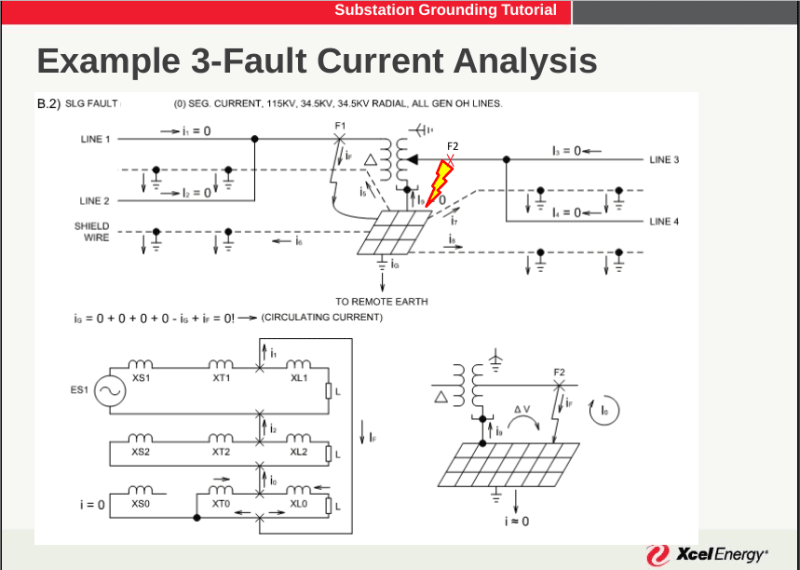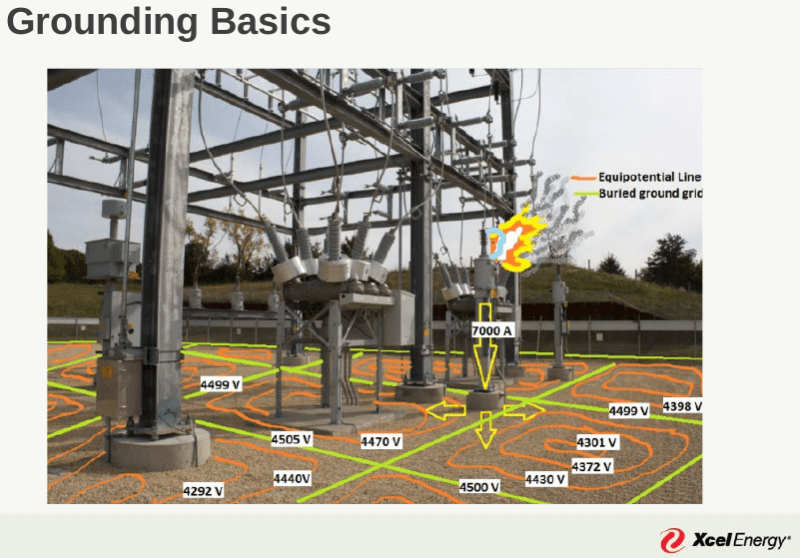Hey y'all,
I am an entry level engineer trying to learn about substation/HV grounding, and it is quite difficult to learn so far. I was never taught grounding principals in school, so I am learning on my own - so please understand my knowledge on this is next to none. I have done some reading and watched some videos, and I want to understand the general idea and function behind grounding before further delving into detailed standards and design.
Ok, here is my understanding of grounding. Please tell what is correct, incorrect, and if you can add on anything please do so.
In summary. Grounding Grid is used to for/to protect:
People and Non-current carrying metallic objects/structures, such as poles, towers, equipment casing/chassis, switch handles, etc:
- If there is a LTG fault or any of these objects become energized, a voltage gradient is created, and all the grounded objects experience a rise in their ground potential (Right? And current will flow back into these grounded objects as well?). The ground grid acts as a return path if the source is grounded through the ground grid/earth. (Here's where my understanding becomes poor) The current returns to the neutral of the grounded source, where a relay can trip and isolate the fault? My understanding of this is poor, so a further explanation would really help!
- If the ground voltage rises (GPR), this can also create a touch voltage as well as a step voltage. Can someone elaborate the idea behind designing the grounding grid such that these voltages are below the acceptable limit? How can we limit voltage gradients and touch potentials for humans?
Protecting current carrying equipment
- The neutrals of transformers (power, CT, PT's) must be grounded so that fault current can be directed to earth. When there is a GPR, these grounded neutrals experience a potential rise, which drives a current through them into ground. If they were not grounded, the LTG fault could fry them.
- I know that CT's aren't supposed to be grounded on both sides if I'm not mistaken -- can you please explain why that is?
Safety measures -
- Diverts static build up into ground
- Lightning arresters: Provide a direct path to ground in the case of a surge. Connected parallel with devices like transformers?. Once the clamping voltage is reached, it acts like a switch, diverting current to ground to just dissipate in the grid?
Please let me know if there's anything I'm missing, any explanations to my questions or incorrect explanations would be greatly appreciated. Thank you in advance!


